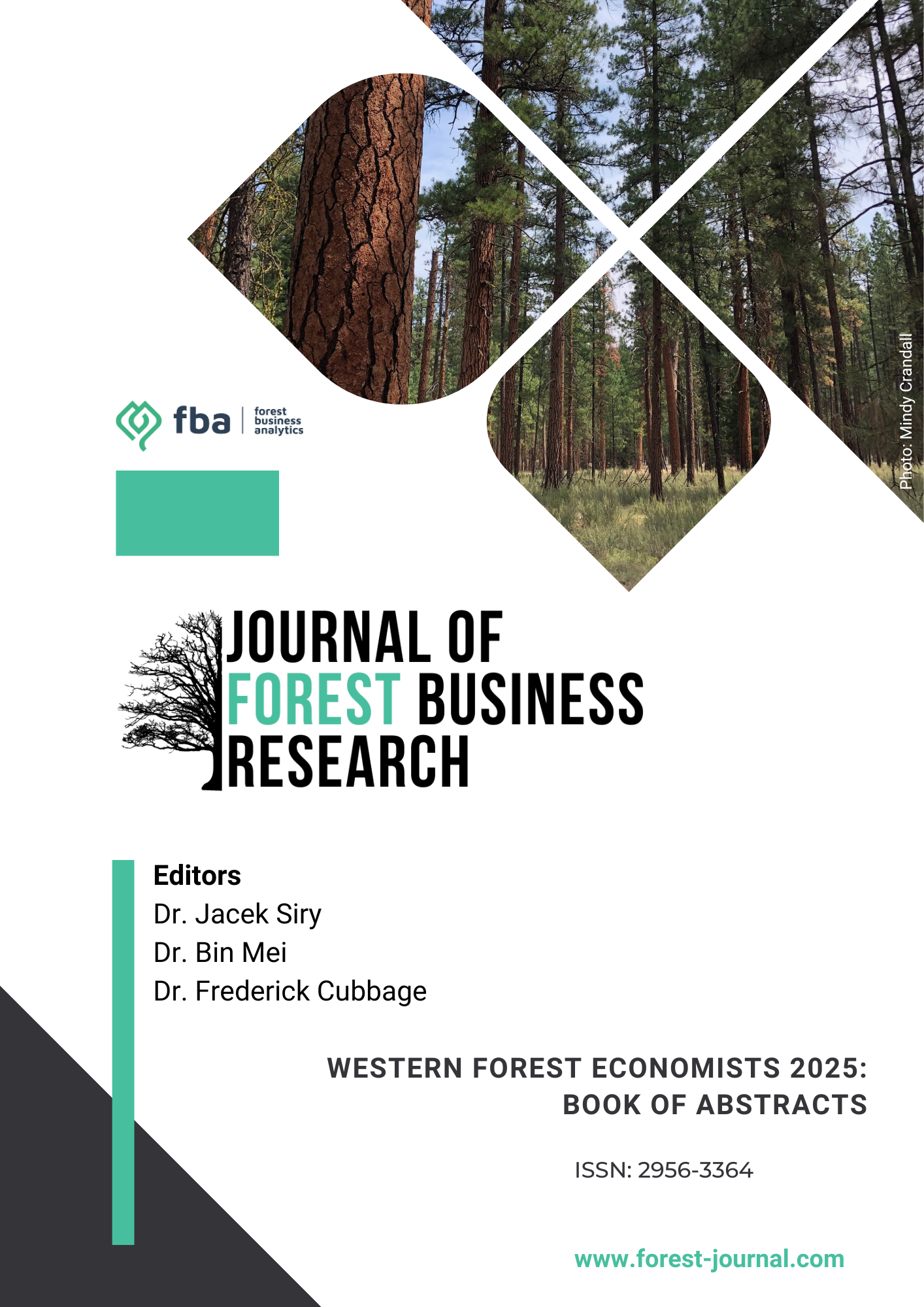Supply chain optimization for cross-laminated timber: Lessons from Europe and North America
Main Article Content
Keywords
cross-laminated timber (CLT), mass timber construction, supply chain coordination, sustainable building materials, vertical integration
Abstract
Cross-laminated timber (CLT) is reshaping sustainable construction through carbon storage, prefabrication efficiency, and rapid installation. Scaling production, however, requires more than advances in manufacturing technology; it depends on robust and well-coordinated supply chains. This paper compares the development of CLT production in Europe and North America, emphasizing structural differences in their industries. Europe benefits from vertically integrated mills, standardized inputs, and a dense manufacturing base exceeding 2 million m³ in 2024. In contrast, North America is characterized by operations with weaker coordination across regions. Key barriers include lumber dimension availability, limited consistency in supply tailored to CLT specifications, and insufficient collaboration among industry actors. Potential strategies to overcome these constraints include aligning lumber production more closely with CLT requirements, diversifying products through smaller panels and modular housing systems, and fostering regional partnerships that link forestry, sawmilling, and construction sectors. These measures could improve material flows, reduce exposure to raw material fluctuations, and accelerate industry growth. By examining the interplay between production processes and supply chain organization, this study provides practical pathways to expand CLT capacity and lower costs while maintaining sustainability goals. Strengthening both technological efficiency and institutional cooperation is critical for advancing mass timber as a mainstream building material. In doing so, CLT can make a significant contribution to global housing needs and climate mitigation, positioning it as a cornerstone of future low-carbon construction.






